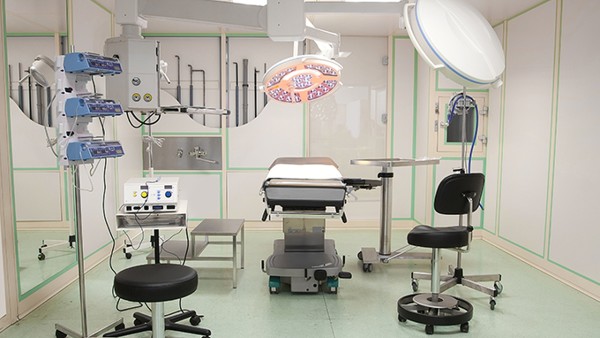How to Treat Postpartum Wrist Pain

Understanding Postpartum Wrist Pain
Postpartum wrist pain is a common complaint among new mothers, affecting up to 60% of women. It usually develops within the first few weeks after childbirth and can range from mild discomfort to severe pain that interferes with daily activities.
The pain is typically caused by inflammation and swelling in the carpal tunnel, a narrow passageway in the wrist that houses the median nerve and tendons responsible for finger movement. During pregnancy, hormonal changes and fluid retention can cause the carpal tunnel to narrow, putting pressure on the median nerve and causing pain.
Symptoms of Postpartum Wrist Pain
The symptoms of postpartum wrist pain can vary, but typically include:
Pain in the wrist and thumb
Numbness or tingling in the thumb, index finger, and middle finger
Weakness in the hand and grip
Difficulty making a fist
Pain that worsens at night or with certain hand movements
Treatment Options for Postpartum Wrist Pain
The treatment for postpartum wrist pain depends on the severity of the condition. The following options may be recommended:
1. Rest and Immobilization
Resting the wrist can help reduce inflammation and relieve pain. Wearing a wrist brace or splint can provide support and prevent further wrist movement.
2. Ice and Heat Therapy
Applying ice packs to the wrist can help numb the pain and reduce swelling. Alternating ice and heat therapy can also promote circulation and healing.
3. Wrist Exercises
Gentle wrist exercises can help stretch the tendons and strengthen the muscles around the wrist. These exercises should be done under the guidance of a physical therapist or healthcare professional.
4. Over-the-Counter Medications
Over-the-counter pain relievers, such as ibuprofen or acetaminophen, can help reduce pain and inflammation.
5. Prescription Medications
In severe cases, your doctor may prescribe oral or injectable corticosteroids to reduce inflammation and relieve pain.
6. Physical Therapy
Physical therapy can teach you specific exercises to manage pain, improve range of motion, and prevent further injury.
7. Surgery
Surgery is rarely necessary for postpartum wrist pain. However, it may be considered if conservative treatment options have not been successful.
Prevention of Postpartum Wrist Pain
While it is not always possible to prevent postpartum wrist pain, there are some steps you can take to reduce your risk:
Maintain a healthy weight: Excess weight can put more stress on the wrist.
Avoid prolonged wrist flexion: Avoid bending your wrist down for extended periods of time.
Strengthen your wrist muscles: Engage in exercises that strengthen your wrist flexors and extensors.
Use good posture: Sit and stand with your shoulders relaxed and your wrists straight.
Avoid smoking: Smoking can damage blood vessels and reduce circulation, which can worsen wrist pain.
When to Seek Medical Attention
If you experience postpartum wrist pain that is severe or does not improve with home treatment, it is important to seek medical attention. This is especially important if you have numbness or weakness in your hand or fingers.
Recovery and Prognosis
Most cases of postpartum wrist pain resolve within a few weeks or months with conservative treatment. However, for some women, the pain may persist for longer. If your pain continues or worsens, it is important to follow up with your healthcare provider to determine the underlying cause and explore additional treatment options.
The above is all the content that the editor wants to share with you. I sincerely hope that these contents can bring some help to your life and health, and I also wish that your life will be happier and happier.
Topic: #treat #to #how














